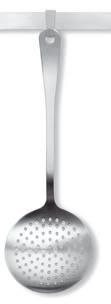Hey fellas
How do you fellas aerate your wort? Do you shake your cube, aeration stone , shake your fermentor
aeration
Post #1 made 14 years ago
Last edited by jmbingham on 01 Mar 2011, 11:10, edited 1 time in total.


